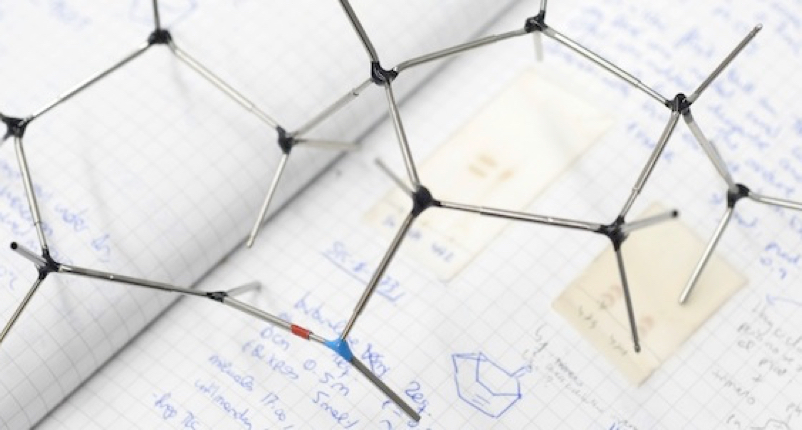An Autonomous Device for Solar Hydrogen Production from Sea Water
Hydrogen production from water electrolysis is one of the most promising approaches for the production of green H2, a fundamental asset for the decarbonization of the energy cycle and industrial processes. Seawater is the most abundant water source on Earth, and it should be the feedstock for these new technologies. However, commercial electrolyzers still need ultrapure water. The debate over the advantages and disadvantages of direct sea water electrolysis when compared with the implementation of a distillation/purification process before the electrolysis stage is building in the relevant research. However, this debate will remain open for some time, essentially because there are no seawater electrolyser technologies with which to compare the modular approach. In this study, we attempted to build and validate an autonomous sea water electrolyzer able to produce high-purity green hydrogen (>90%) from seawater. We were able to solve most of the problems that natural seawater electrolyses imposes (high corrosion, impurities, etc.), with decisions based on simplicity and sustainability, and those issues that are yet to be overcome were rationally discussed in view of future electrolyzer designs. Even though the performance we achieved may still be far from industrial standards, our results demonstrate that direct seawater electrolysis with a solar-to-hydrogen efficiency of ≈7% can be achieved with common, low-cost materials and affordable fabrication methods.

González-Cobos, J:; Rodríguez-García, B.; Torréns, M.; Alonso-Almirall, O.; Aliaguilla, M.; Galí, D.; Gutiérrez-Tauste, D.; Galindo-Anguera, M.; Garcés-Pineda, F. A.; Galán-Mascarós, J. R.
Water 2022, 14 (3), 453
DOI:
10.3390/w14030453

Let's create a brighter future
Join our team to work with renowned researchers, tackle groundbreaking
projects and contribute to meaningful scientific advancements




















